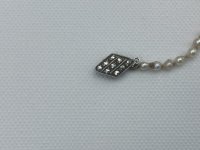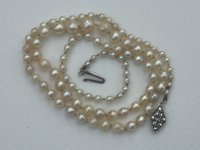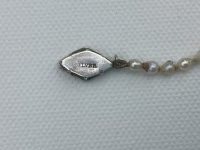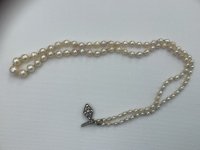barbaradilek
Well-known member
- Joined
- Dec 8, 2014
- Messages
- 126
I bought another strand of pearls ( please don’t tell the husband!) from an elderly lady,who said they were natural river pearls.When I asked her why she thought so,she said she had bought them from an antique dealer over 50 years ago and he said they were natural,but couldn’t be saltwater pearls because they only had a cheap marcasite clasp,natural saltwater pearls would have a much better clasp.They don’t look like any freshwater pearls Iv seen,but I have candled them and to a novice eye they all look different,in colour and internal structure,no obvious signs of a bead within.
All comments welcomed.
All comments welcomed.





 Or, maybe that antique dealer was not so strict on pearl jewelry's age... No matter what, isn't it amazing that 50+ years akoya pearls can still have this level of luster? I thought akoya's luster could only last 20 years or so... Thank you for sharing such a special necklace, @
Or, maybe that antique dealer was not so strict on pearl jewelry's age... No matter what, isn't it amazing that 50+ years akoya pearls can still have this level of luster? I thought akoya's luster could only last 20 years or so... Thank you for sharing such a special necklace, @